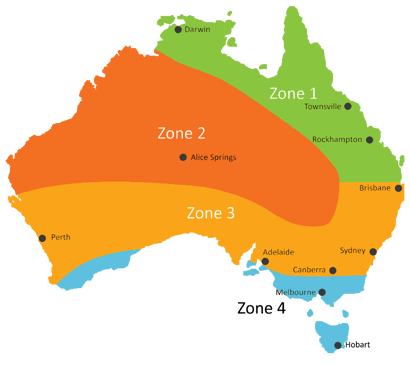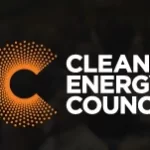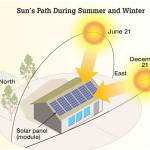STC Rebate & How It Changes Year To Year
What is STC Rebate
STC stands for Small-scale Technology Certificate. STC is an official term for residential solar rebate in Australia. In layman’s terms, STCs are a part of Small-scale Renewable Energy Scheme initiated by the Australian government. STC rebate was developed to promote the use of renewable energy sources while also reducing the level of greenhouse gas emissions.
STCs are developed upon solar system installation, only applicable on solar panels which have a capacity under 100 kW. Factors such as the size of the solar system, installation date and the geographical zone where it is placed, determines the number of STCs that needs to be created. The STCs created, then, can be traded in live markets which leads to the reduction of installation costs for both home and business owners. Normally, solar installers have the ownership of these created STCs and then the customer is charged for the STC.
Installation Date and Deeming Period
The deeming period is determined by the installation date of the system. This is basically a renewable energy formed during a period until 2030, as this STC scheme is designed to phase out by 2030. The graph below depicts that every year, deeming will be reduced by 1 point.
Installation Date and Deeming Period
The deeming period is determined by the installation date of the system. This is basically a renewable energy formed during a period until 2030, as this STC scheme is designed to phase out by 2030. The graph below depicts that every year, deeming will be reduced by 1 point.

Figure 1 – Graph representing reduction of deeming period by 1.
STCs decrease on 1st January every year
Every single year, on the 1st of January, the number of offered STCs per project decreases. However, this only affects the quantity of certificates formed, it does not influence the cost of a certificate. In this way, the total price of the solar system is increased by 4-5% for the customers but offers an incentive or subsidy to install a solar system today!
How are STCs calculated
The amount of STC that entitles by a PV system is the product of
- ;Size of a Solar system
- Number of panels used x wattage of each panel x Deeming Period;
- Rating of residing zone.

Figure 2 – Australia is divided into 4 solar zones.
Zones are divided according to the amount of sunshine each zone gets. More sunshine leads to more STCs for the solar systems. Locations in zone 1 have the highest amount of STCs and the locations in zone 4 have the lowest amount of STCs
The different ratings for different zones in Australia are given in the table below.
| Zone | Ratings |
|---|---|
| 1 | 1.622 |
| 2 | 1.536 |
| 3 | 1.382 |
| 4 | 1.185 |
Solar Rebate Reduction In 2021
The highest value that STC can attain is $40 and the lowermost value is $0. The spot cost for STC was between $37.25 to $39.95 over the period of last year and $37.25 to $37.75 in the previous month. Usually, solar businesses charge an extra admin fee as they deal with the complexity of generating and then trading the STCs.
An example of 6.6kW solar system is discussed below that shows the difference in number of STCs and rebate located in Sydney before December 31, 2020 and the same values for the system after January 1, 2021. (Considering $36 STC value plus fees)
- Installed in 2020: 100 certificates / $3,600 subsidy
- Installed in 2021: 91 certificates / $3,276 subsidy
Some more examples are shown in the table below.
| Size | 2019 | 2020 | Rebate difference |
|---|---|---|---|
| 5kW | $3034 (82 STCs) | $2812 (76 STCs) | $222 |
| 9kW | $5513 (149 STCs) | $5032 (136 STCs) | $481 |
| 99kW | $60,717 (1641 STCs) | $55,648 (1504 STCs) | $5069 |
References
- https://www.solarchoice.net.au/solar-rebates/STC-Rebate-Price-Calculation
- https://www.solarmarket.com.au/blog/solar-panel-rebate-to-be-reduced-up-to-5069-in-2020/
- solarquotes.com.au/blog/solar-rebate-2021-mb1783/
- https://solarpowerdirect.com.au/news/how-are-solar-rebates-changing
- https://www.solargain.com.au/blog/everything-you-need-know-about-stcs
- http://www.cleanenergyregulator.gov.au/RET/Scheme-participants-and-industry/Agents-and-installers/Small-scale-technology-certificates




